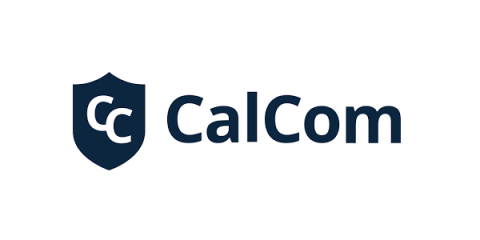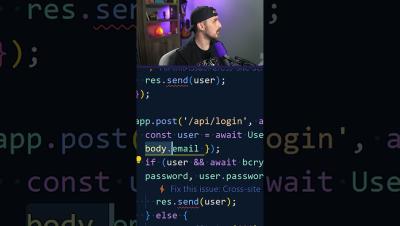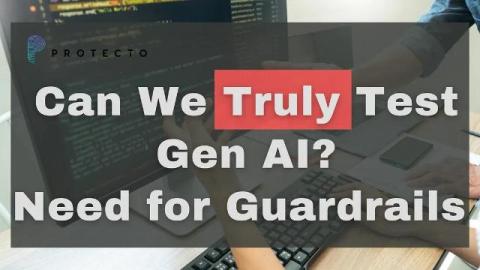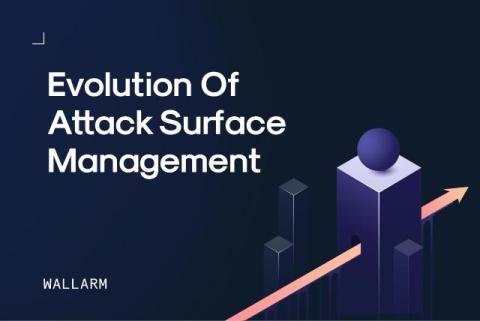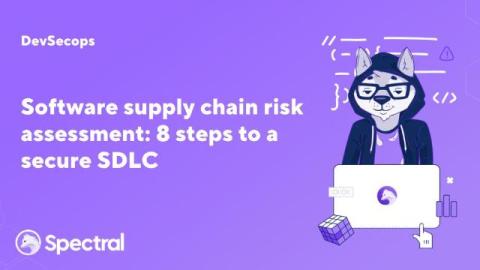OpenSCAP Hardening Guide in 2024
The OpenSCAP (Security Content Automation Protocol) project offers an extensive range of hardening guides, configuration baselines, and tools for assessing vulnerabilities and configuration issues, utilizing SCAP as the protocol for storing the foundational data. Created by the open-source community, OpenSCAP hardening allows a selection of a security policy that aligns with an organization’s needs, irrespective of its size.


